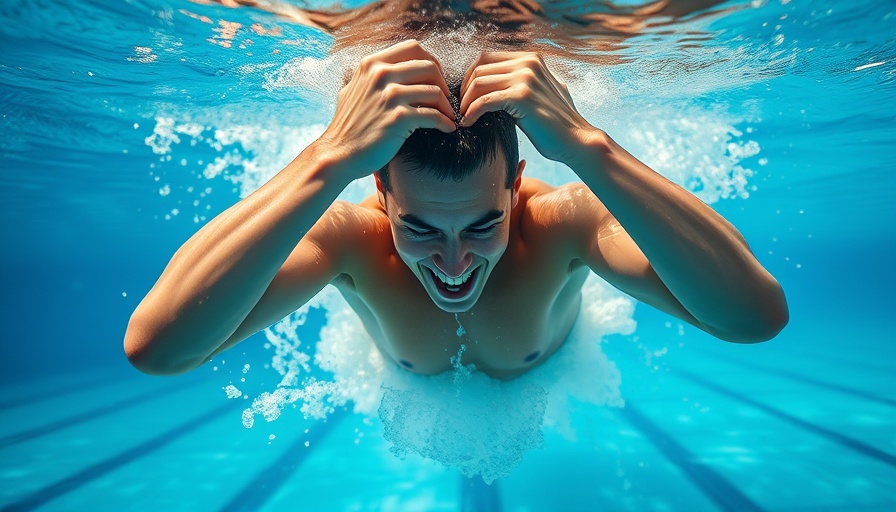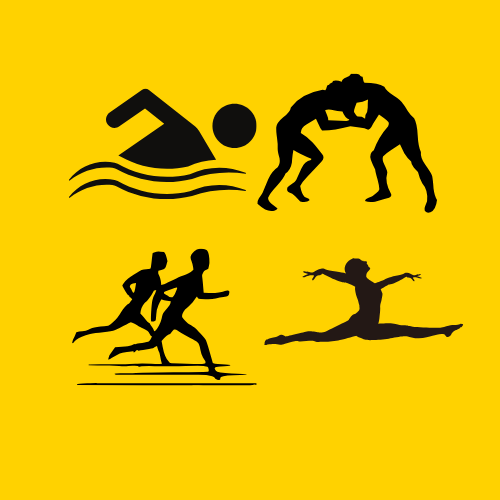
The Key to Swimming Faster: Understanding Body Position
In the world of swimming, many athletes believe that the secret to speed lies primarily in perfecting their strokes. However, as highlighted in the video "The Fastest Way To Improve In Swimming," this notion can be misleading. The real game-changer comes down to optimizing two fundamental aspects: minimizing drag and maximizing propulsion.
In "The Fastest Way To Improve In Swimming," the discussion dives into essential techniques to enhance swimming efficiency, prompting us to analyze and expand on these effective methods.
The Importance of Head Position
Your head position plays a pivotal role in determining your overall body alignment while swimming. A common mistake is to lift your head too high; instead, keeping your eyes directed down will significantly enhance your body position in the water. When your head is properly aligned, it not only helps keep your hips elevated, but it also reduces displacement — the primary contributor to drag. By focusing on looking down and keeping your head steady, swimmers can experience a notable decrease in water resistance.
Engaging Your Core for Stability
Once your head is set, it’s time to engage your core. A strong and stable core minimizes unnecessary movement, maintaining a streamlined form as you move through the water. Imagine your body being stretched in opposite directions, creating tension without stiffness — this position is integral for efficient swimming. Practicing drills that emphasize body alignment and core engagement can multiply your effectiveness in the water.
Drills to Improve Body Position
To refine body position and propelction, swimmers can practice specific drills. The "number 11" drill, where your arms are extended in front, encourages a flat body on the water's surface. Such practice not only reinforces proper alignment but also trains the body to move efficiently through water. Don’t rely solely on external tools like fins; they can create dependency, hindering your natural swim technique.
Understanding Your Kick: Power vs. Frequency
When working on propelling yourself through the water, the rhythm of your kick is crucial. Many swimmers mistakenly believe that a stronger kick translates to more speed. In reality, a rapid, relaxed kick tends to be more effective than a forceful, tense one. Focus on maintaining relaxed legs that draw power from your hips rather than your knees. By avoiding tension and kicking with frequency, you'll enhance your propulsion without increasing drag.
Maximizing Training Effectiveness
To optimize your swimming technique, workout structure matters as much as individual skills. Understanding how to combine your newfound techniques of reduced drag with effective propulsion in targeted training sessions can enhance your performance. Swimmers should balance time spent on drills and technique with endurance and speed training, ultimately leading to gains in efficiency and speed.
Practical Takeaways for Aspiring Swimmers
Improving in swimming is not merely about working harder; it’s about working smarter. Focus on perfecting your body position, engaging your core, and refining your kick rhythm. By decreasing drag and increasing propulsion, you’re not just becoming a faster swimmer; you’re unlocking your true potential in the water. Consistent practice of these elements transforms your swimming strategy, giving you a distinct edge.
Be sure to check out our upcoming piece on structuring effective swim workouts to leverage your practice into real gains in the pool, ensuring that your time spent swimming is as productive as possible.
 Add Row
Add Row  Add
Add 




Write A Comment